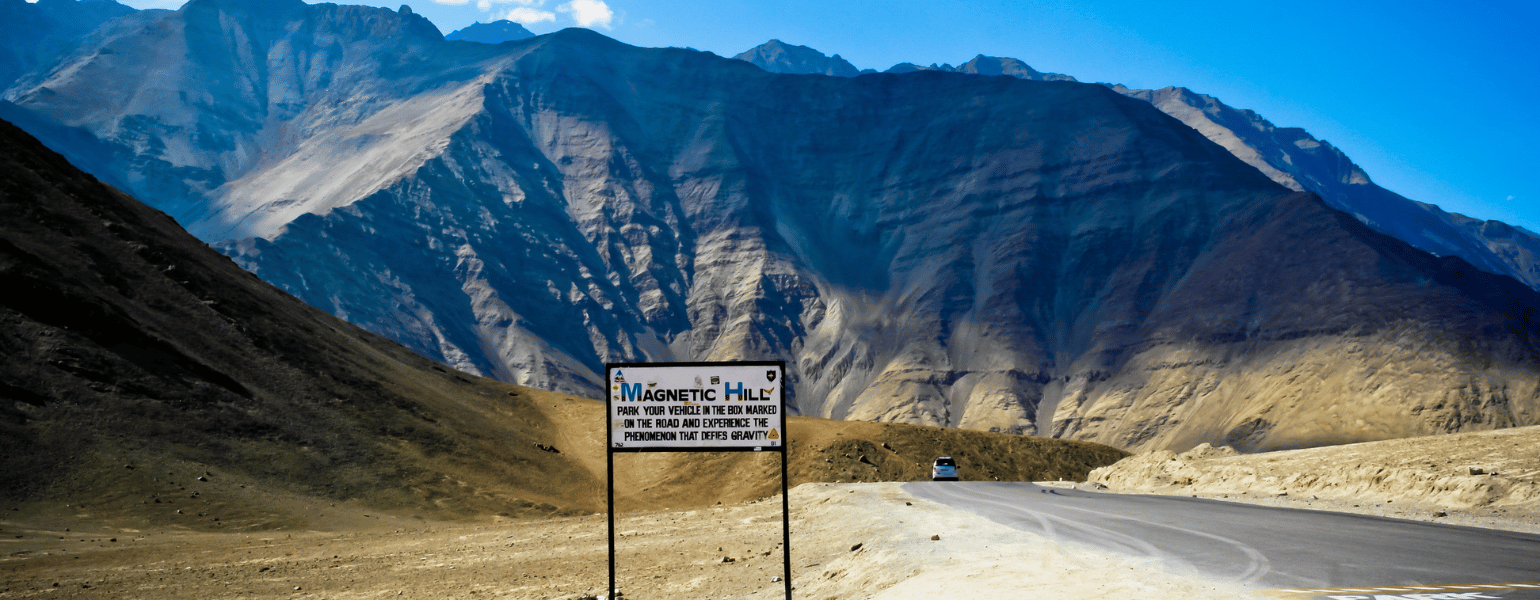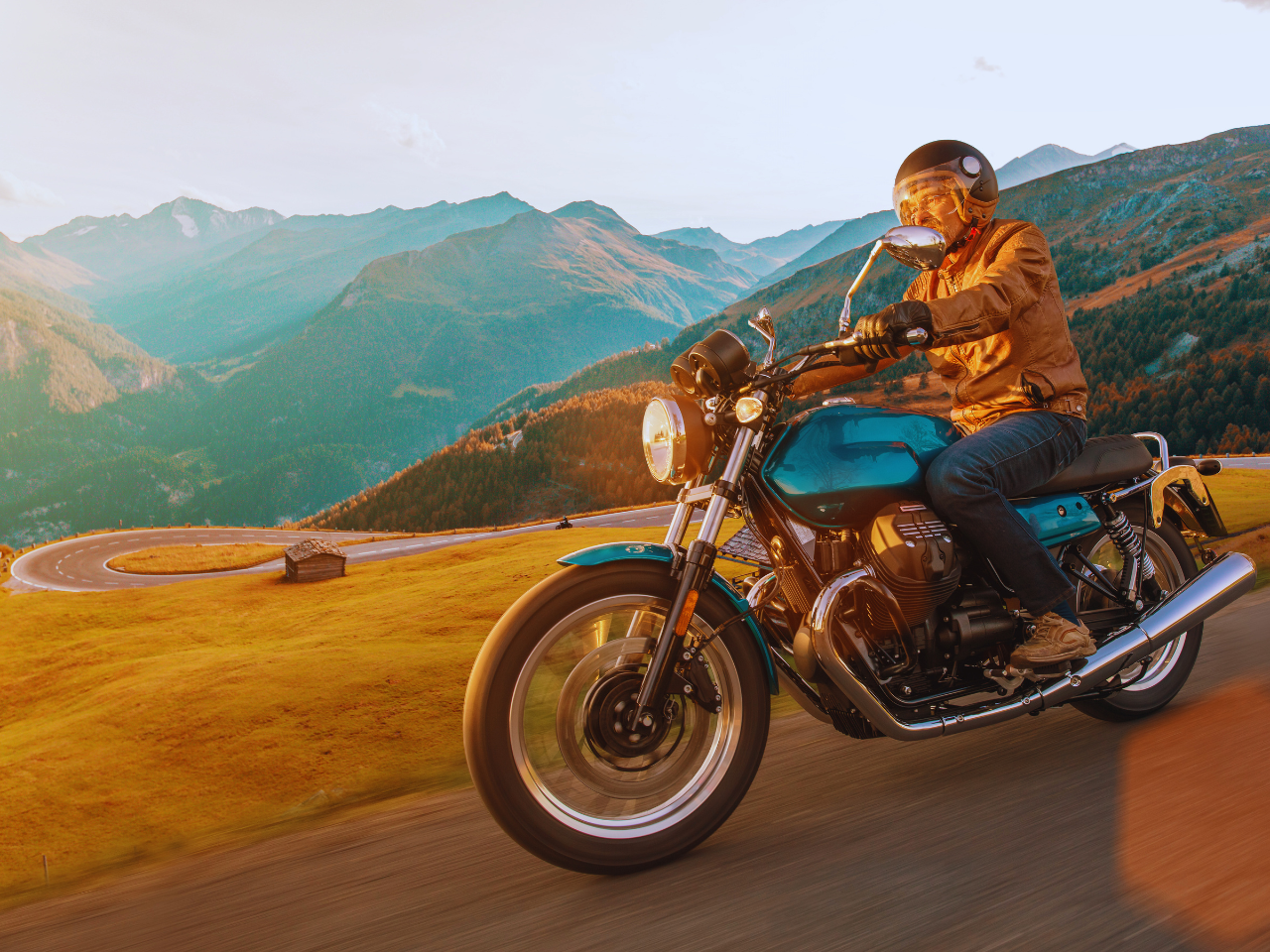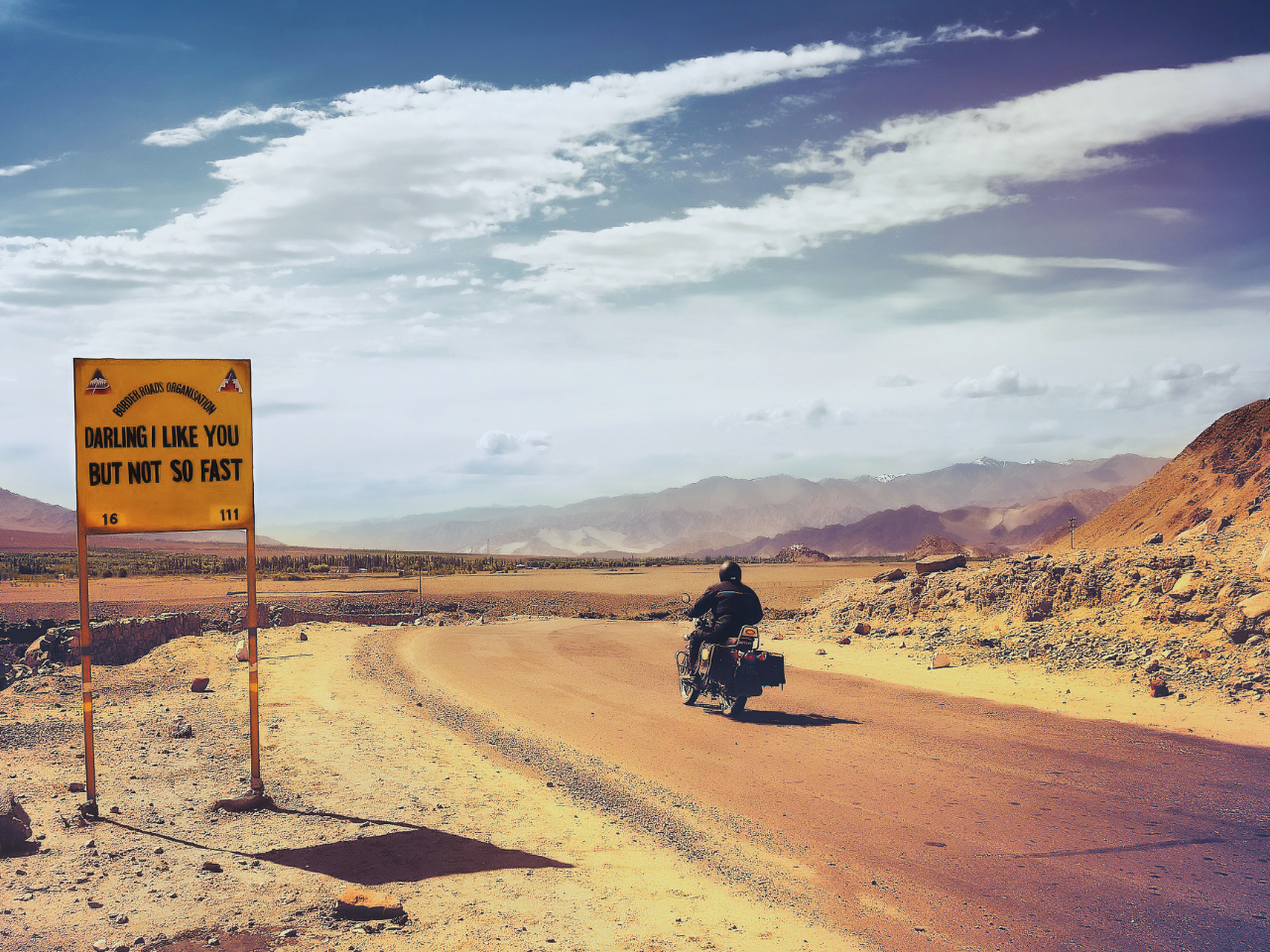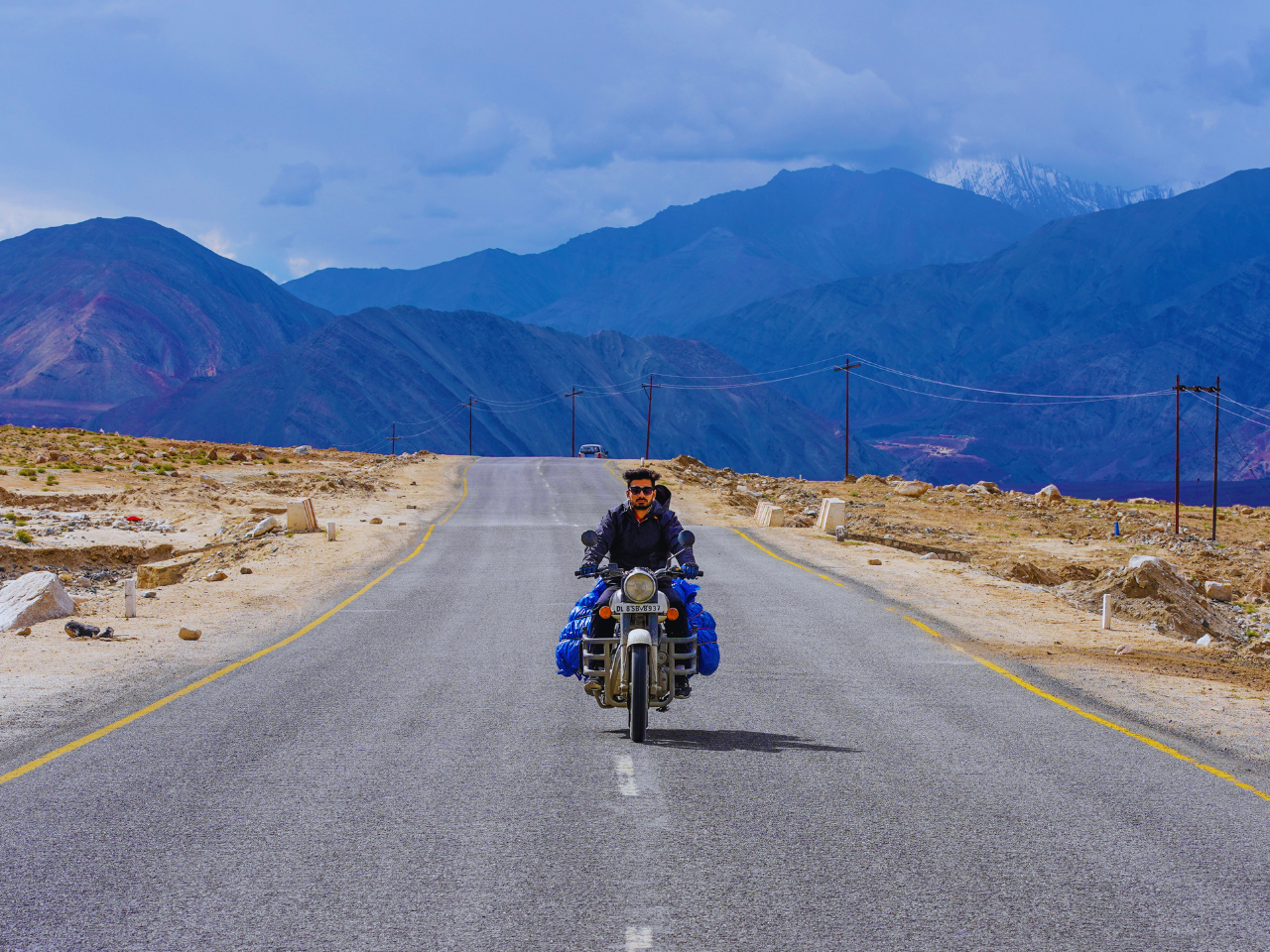Things to do in Leh
Things To Do in Leh
Leh, the heart of Ladakh, is a place unlike any other. Nestled amidst the majestic Himalayas, at an altitude of over 3500 meters, it’s a land of stark beauty, serene monasteries, and a rich cultural tapestry. Leh beckons adventure seekers, spiritual sojourners, and nature lovers alike, offering a unique experience that will stay with you forever.
Famous for:
Breathtaking Landscapes:
Leh boasts a dramatic landscape with snow-capped mountains, crystal clear lakes, and arid plains. The mighty Indus River snakes its way through the valley, adding to the region’s charm.
Monasteries:
Ladakh is known as the “Land of Gompas,” and Leh is home to some of the most spectacular ones. These ancient Buddhist monasteries, perched precariously on cliffs or nestled in valleys, are architectural marvels and offer a glimpse into Ladakh’s rich spiritual heritage.
Adventure Activities:
If you have an adventurous spirit, Leh is your playground. From trekking through challenging mountain passes to white water rafting on the Indus, there’s something for every adrenaline junkie.
Cultural Delights:
Ladakhi culture is a fascinating blend of Tibetan and Indian influences. Witness the vibrant festivals, traditional music and dance performances, and the warm hospitality of the Ladakhi people.
Activities in Leh:
Monastery Circuit:
Embark on a journey to explore the magnificent monasteries around Leh. Each monastery has its own unique story and architectural style.
Shey Palace:
Once a royal residence, Shey Palace now houses a giant copper statue of Buddha Shakyamuni.
Thiksey Monastery:
This impressive 12-story monastery resembles a perched castle and offers stunning panoramic views.
Hemis Monastery:
Renowned for its Hemis Festival, the largest festival in Ladakh, Hemis Monastery is a significant center for Tibetan Buddhism.
Spituk Monastery:
This 16th-century monastery houses a collection of ancient murals and a magnificent statue of Dorjee Drakden.
Stakna Monastery:
This seemingly gravity-defying monastery clings to a cliffside, offering a serene atmosphere and breathtaking views.
Adventure Activities:
Trekking:
Leh is a trekker’s paradise, with trails ranging from easy day hikes to challenging multi-day expeditions. Popular treks include the Markha Valley trek and the challenging Stok Kangri trek.
Mountain Biking:
Explore the rugged terrain of Ladakh on a mountain bike. Cycle through scenic valleys, conquer mountain passes, and experience the thrill of riding at high altitude.
White Water Rafting:
Navigate the Indus River on a white water rafting adventure. Paddle through scenic gorges and experience the excitement of tackling rapids.
Jeep Safari:
Embark on a jeep safari through the Nubra Valley or explore the Pangong Tso lake region. These off-road adventures take you to remote locations and offer stunning views of the Himalayan landscape.
Cultural Experiences:
- Leh Palace: Explore this 17th-century royal palace, which now houses a museum with artifacts showcasing Ladakhi history and culture.
- Leh Market: Wander through the bustling Leh market, lined with shops selling souvenirs, handicrafts, and local pashmina shawls.
- Festivals: If you’re lucky enough to be in Leh during a festival, experience the vibrant culture firsthand. Popular festivals include Hemis Festival, Losar (Tibetan New Year), and Tsechu (monastery festivals).
- Homestay Experience: Immerse yourself in Ladakhi culture by staying in a homestay. This allows you to experience the local way of life and interact with the warm and welcoming Ladakhi people.
Beyond Leh:
Leh serves as the perfect base for exploring other stunning destinations in Ladakh:
Pangong Tso: This stunning high-altitude lake, famous for its ever-changing colors, is a must-visit for any traveler to Ladakh.
Nubra Valley: This desert valley, nestled between the Karakoram and Ladakh ranges, offers a unique landscape with sand dunes, Bactrian camels, and the Diskit Monastery, the oldest and largest monastery in Nubra.
Tso Moriri: This beautiful lake, located at a staggering altitude of over 4500 meters, is known for its crystal clear waters and serene atmosphere.
Khardung La Pass: Claimed to be the world’s highest motorable pass, Khardung La offers breathtaking views of the surrounding mountains.
Essential Tips for Your Leh Trip
- Acclimatization: Leh is located at a high altitude, so it’s crucial to allow your body time to acclimatize to the lower oxygen levels. Spend a few days in Leh resting and avoiding strenuous activity to avoid altitude sickness.
- Packing: Pack for extreme weather conditions. Leh experiences hot days and cold nights, so pack layers of clothing that you can easily add or remove. Include sturdy shoes for trekking, a hat, sunglasses, and sunscreen. Don’t forget to pack woolen clothes and thermals for the chilly evenings.
- Inner Line Permit: Foreigners require an Inner Line Permit (ILP) to visit Ladakh. You can obtain an ILP online or from designated offices in Delhi, Manali, Leh, and other locations.
- Permissions for Trekking: Some trekking routes in Ladakh require an additional permit. Check with your tour operator or local authorities about the permit requirements for your chosen route).
- Respect Local Culture: Ladakh is a deeply religious region. Dress modestly when visiting monasteries, and be respectful of local customs and traditions.
- Responsible Tourism: Practice responsible tourism by minimizing your environmental impact. Dispose of waste properly, avoid littering, and be mindful of water usage.
- Make sure you have a good travel insurance policy that covers medical emergencies, especially for high-altitude travel.
- Carry basic medicines for headaches, stomach ailments, and altitude sickness.
- Leh has limited internet connectivity, so be prepared to be disconnected for a while.
Conclusion:
Leh is a place that will leave an indelible mark on your soul. With its stunning landscapes, ancient monasteries, vibrant culture, and adventurous activities, Leh offers something for everyone. So, pack your bags, embrace the spirit of adventure, and get ready to experience the magic of Ladakh!

Get Your Best Tour Experience
Customer Speak
Best Seller Package Ladakh
Place to Visit in Ladakh
Things To Do In Ladakh
Explore More About Ladakh
By Air
Srinagar International Airport (SXR) is the nearest airport.
The flight duration from major cities like Delhi to Srinagar is approximately 1.5 to 2 hours.
From the airport, you can hire a taxi or use other transportation to reach various attractions within the city.
By Train
Srinagar is not directly connected by rail. The nearest railway station is Jammu Tawi Railway Station (JAT).
After arriving at Jammu Tawi, you can hire a taxi or take a bus to Srinagar, which is around 270 kilometers away. The road journey may take 6 to 8 hours, depending on road conditions.
By Road
The road distance between Delhi and Srinagar is approximately 850 to 900 kilometers, and the journey takes around 15 to 18 hours, depending on the route and road conditions.
You can drive your own vehicle or take a bus from Delhi to Srinagar.
Delhi to Srinagar road route
Delhi – Ambala – Jalandhar – Pathankot – Jammu – Srinagar.
Spring (March to May)
Best time for sightseeing and blooming gardens – During spring, Kashmir’s gardens, such as the famous Mughal Gardens in Srinagar, come alive with vibrant flowers.
Weather – Pleasant temperatures ranging from 10°C to 20°C during the day, but it can still get chilly at night.
Summer (June to August)
Ideal for outdoor activities – Summer is perfect for trekking, camping, and adventurous activities.
Weather – Pleasant during the day, with temperatures between 20°C to 30°C. The higher altitudes remain cool.
Autumn (September to November)
Beautiful foliage and fewer crowds – Autumn offers stunning landscapes as the leaves change colors.
Weather – Crisp and cool with temperatures ranging from 10°C to 25°C during the day.
For Snow Lovers
Winter (December to February)
Best time for snow and winter sports – Winter attracts visitors who want to witness snowfall and indulge in skiing and snowboarding.
Weather – Cold and freezing temperatures, especially in the higher regions. Daytime temperatures hover between -2°C to 10°C.
If you are coming via Flight then reach Srinagar and if you are coming via train then you can come to Jammu.
Jammu, Katra, Udhampur and Srinagar.
Yes you can book fully personalized private cab to spend your holiday.
Best time to visit Kashmir is from October to April Month.
Yes we provide Shikara Ride in Dal Lake free of cost with our package.
No Flights are excluded in Package Cost.
Dinner and Breakfast both are included in your Kashmir Trip in every hotel.
Yes Toll charges,Parking Charges,Driver Allowance all these are already included in your trip.
Contact us 8527791773
Yes it’s not included in package as its a adventure so you can book Gondala Ride online.
Yes, in Gurez you can have the Camp Experience.
You can find snow in Gulmarg, Sonamarg and Gurez
Yes
Gulmarg, Sonamarg, Gurez, Pahalgam, Srinagar, Kargil, Dodhpathri, Patnitop, Sintop and Yusmarg.
Yes
- It is often referred to as “Paradise on Earth” due to its breathtaking landscapes and picturesque valleys.
- The region has a diverse cultural heritage with a mix of Hindu, Muslim, and Sikh communities.
- The Kashmir conflict has been a long-standing issue between India and Pakistan, with territorial disputes and political tensions.
- Srinagar, the largest city in Indian-administered Jammu and Kashmir, is famous for its Dal Lake and houseboats.
- The Amarnath Cave Temple, dedicated to Lord Shiva, is a significant pilgrimage site in Kashmir.
- Kashmiri cuisine is renowned for its rich flavors and signature dishes like Rogan Josh and Wazwan.
- The Jammu and Kashmir region has diverse climatic zones, from temperate to alpine, attracting tourists year-round for various activities.
- The handicraft industry in Kashmir is celebrated globally, particularly for exquisite Pashmina shawls and hand-knotted carpets.
- Kashmir is a major producer of saffron, often referred to as “Kesar,” contributing significantly to India’s saffron production.





